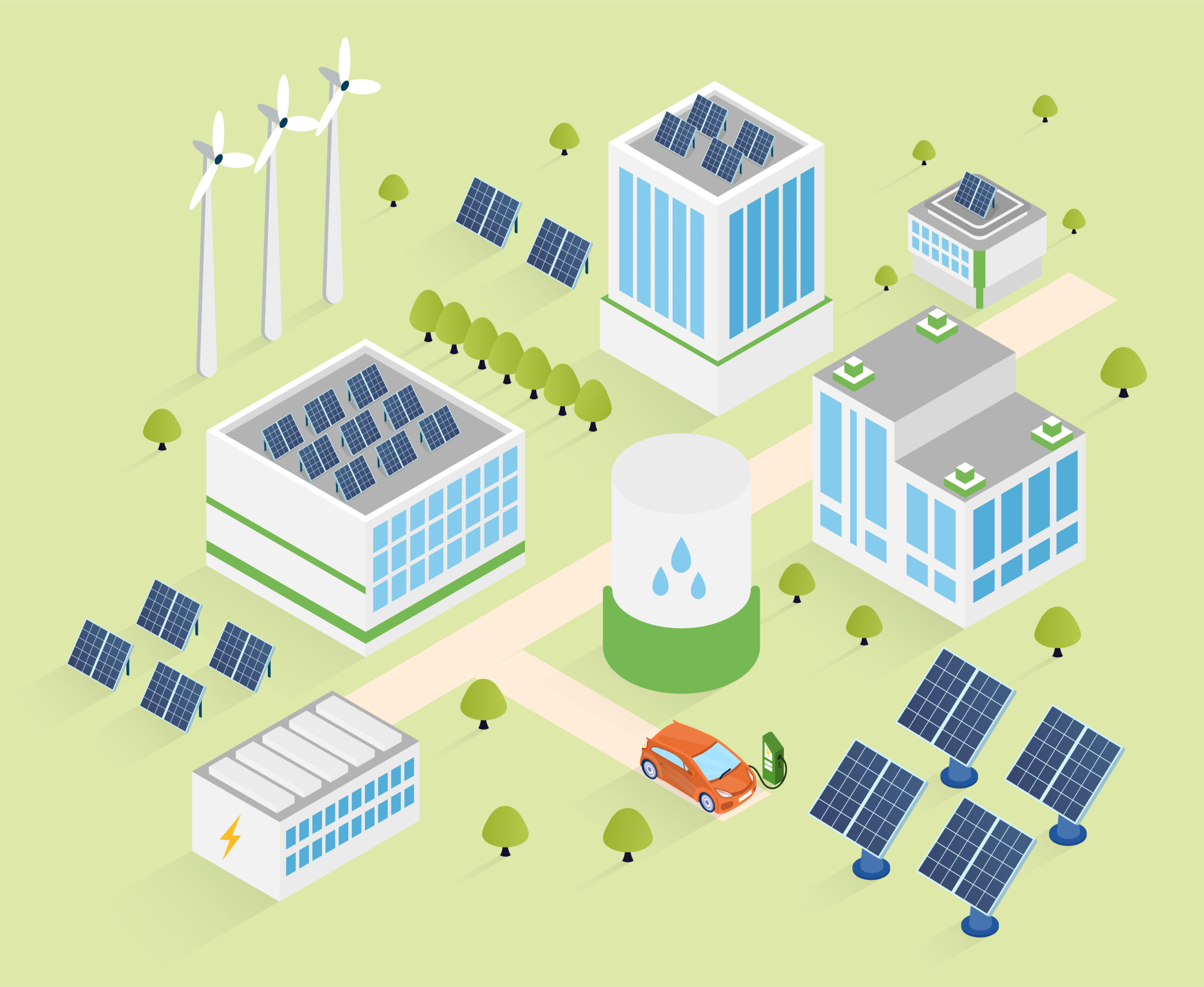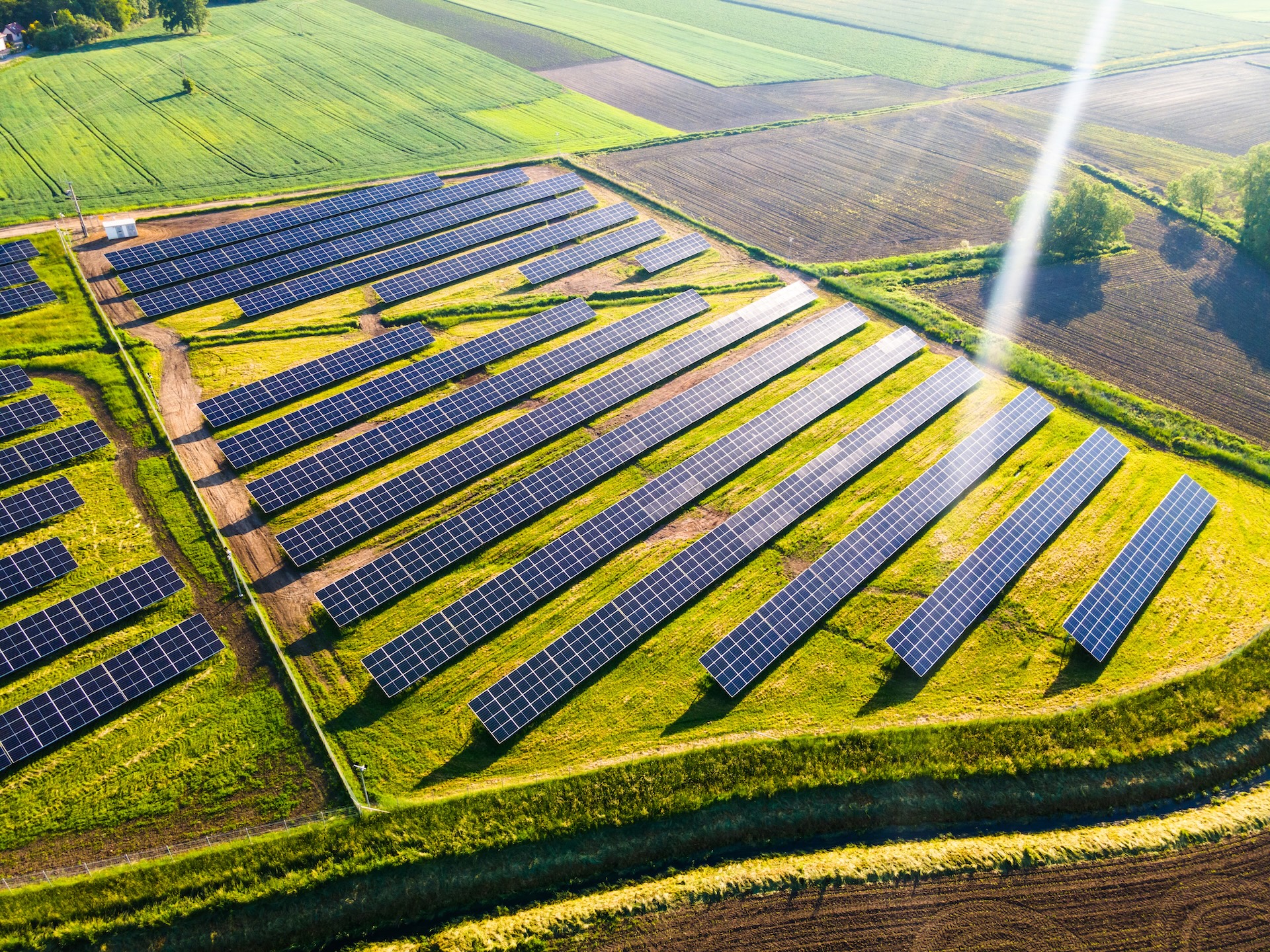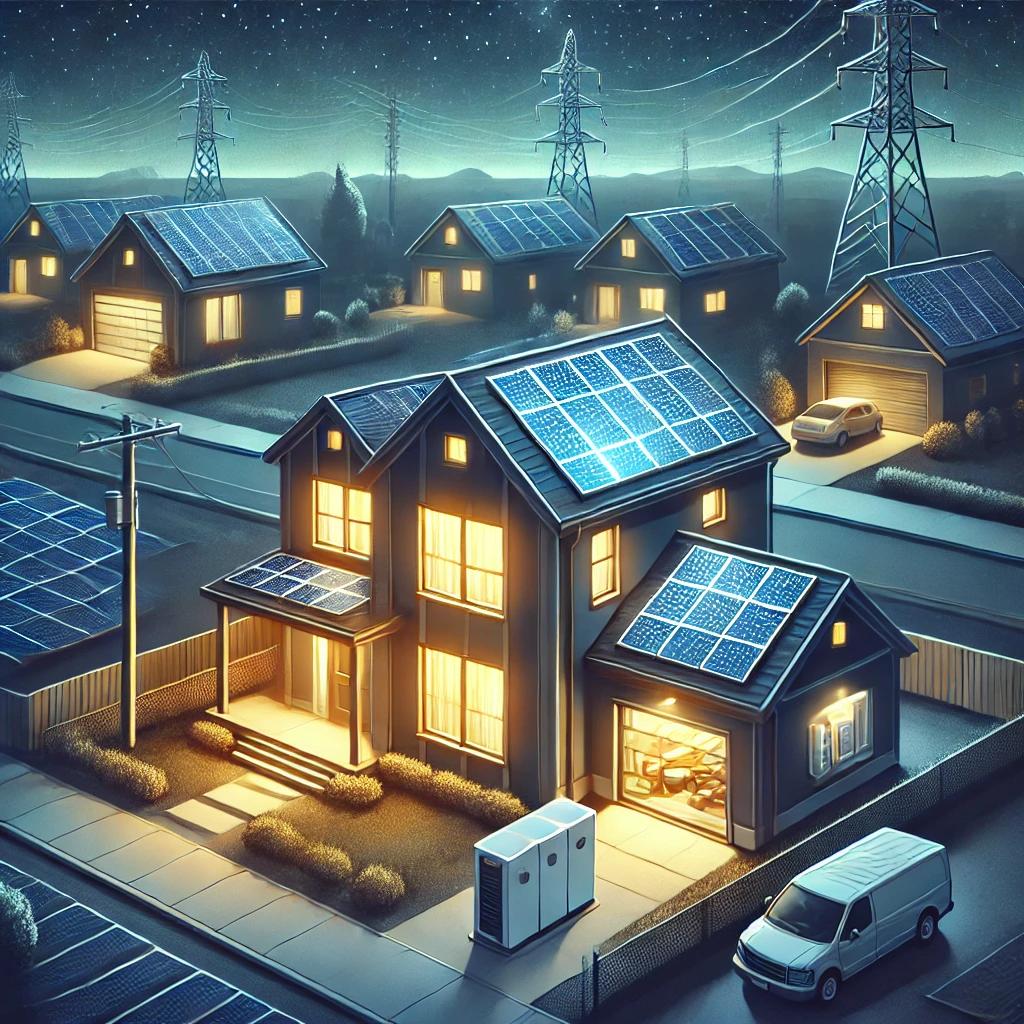
Navigating the Complexities of Connecting Solar to the Grid
The journey towards a solar-powered future is not without its challenges. While the integration of solar energy into the grid holds immense promise, it also presents a myriad of complexities and hurdles. In this blog, we delve into the difficulties encountered in connecting solar systems to the grid, shedding light on the obstacles faced by solar companies and the strategies employed to overcome them.
Navigating Regulatory Landscape: One of the primary difficulties in connecting solar to the grid lies in navigating the intricate web of regulations and policies governing the energy sector. From interconnection standards to net metering policies, solar companies must navigate a complex regulatory landscape that varies from region to region. Understanding and complying with these regulations can be a daunting task, requiring meticulous planning and expertise.
Technical Challenges: The technical integration of solar energy into the grid poses another set of challenges. Variability in solar output due to weather conditions can strain grid stability, leading to voltage fluctuations and grid congestion. Additionally, compatibility issues between solar inverters and existing grid infrastructure may arise, necessitating costly upgrades and modifications. Overcoming these technical hurdles requires innovative solutions and close collaboration between solar developers and grid operators.
Interconnection Delays: Delays in the interconnection process present a significant barrier to the widespread adoption of solar energy. Obtaining approval from utility companies and securing a connection point to the grid can be a time-consuming and bureaucratic process. Interconnection studies, system impact assessments, and queue congestion further exacerbate these delays, hindering the timely deployment of solar projects. Streamlining the interconnection process and implementing clear, transparent guidelines are essential steps towards accelerating solar deployment.
Grid Capacity Constraints: As the demand for solar energy continues to rise, grid capacity constraints pose a formidable challenge. In regions with high solar penetration, limited transmission and distribution infrastructure may hinder the integration of additional solar capacity. Grid congestion and voltage issues can curtail the potential for solar expansion, stifling investment, and innovation. Addressing grid capacity constraints requires strategic planning, infrastructure upgrades, and investment in smart grid technologies.
Financial Barriers: Despite the plummeting cost of solar technology, financial barriers persist, hindering the widespread adoption of solar energy. High upfront costs, limited access to financing, and uncertain return on investment deter many homeowners and businesses from investing in solar systems. Furthermore, fluctuations in government incentives and tax policies create uncertainty for solar developers and investors, impacting project viability. Overcoming financial barriers requires innovative financing mechanisms, such as third-party ownership models and solar leasing programs, to make solar more accessible and affordable.
Despite the challenges encountered in connecting solar to the grid, the potential benefits far outweigh the difficulties. By addressing regulatory hurdles, overcoming technical challenges, streamlining the interconnection process, expanding grid capacity, and implementing innovative financing solutions, we can unlock the full potential of solar energy. As we continue to navigate the complexities of integrating solar into the grid, let us remain steadfast in our commitment to building a sustainable energy future powered by the sun.


